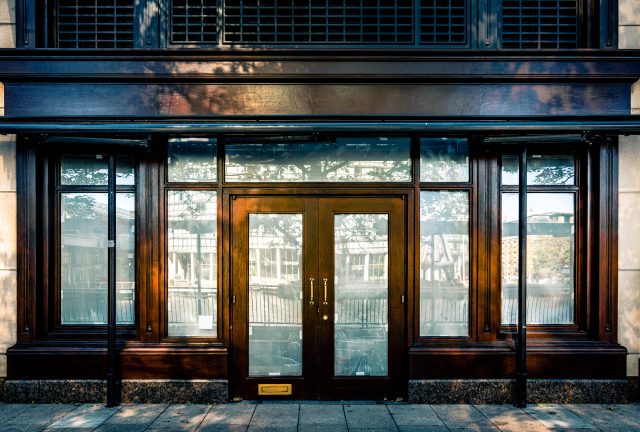This website uses cookies so that we can provide you with the best user experience possible. Cookie information is stored in your browser and performs functions such as recognising you when you return to our website and helping our team to understand which sections of the website you find most interesting and useful.
Record closures seen in London restaurants
Restaurants in London have suffered their weakest growth in the last 30 years, according to Harden’s London Restaurants 2022.

The guide records a rate of 149 newcomers added per year over the period. Closures, however, were at a rate of 125 per year over the two-year period. This level is worse than 2018’s former high of 117 closures, and the former spike of 113 in 2003 (a year badly hit by the SARS epidemic).
Net openings (that is openings minus closures) were at a rate of 22 per year: comparable with the lowest levels seen over the 30-year period.
The price of a meals out continues to rise above inflation, with the emergence of the £200+ per head restaurant, the guide revealed.
Core by Clare Smyth in West London and Da Terra in the East End were identified as the best London restaurants. Plus, African and Caribbean cuisine was noted as a category that is breaking through into the luxury restaurant sector for the first time.
The guide’s co-founder, Peter Harden, said: “Even before March 2020, over-supply was a problem in the London restaurant market, and the pandemic meant there was absolutely nowhere to hide. The result has been the most dramatic period of closures and churn that we have yet seen. Recessions normally hit weaker performers. In the closures we record, the fall-out is more randomly spread, with many excellent businesses shuttering due to factors as diverse as a city-based location, recalcitrant landlords, or a decision to take retirement and bow out gracefully. And all the above is before we start to factor in the new normal of the dire staff shortages created by Brexit.”
Harden added: “For decades, African or Caribbean restaurants have flown under the radar as far as the general foodie press was concerned. They served their communities and locals but lacked any central London address and/or PR profile. But the arrival of new restaurants like Akoko, Antillean, Chuku’s, Chishuru and Tatale – to join the likes of Ikoyi and Stork – represent a striking break from the past. Firstly, the press and foodie world are much more interested. Secondly, with a number of these restaurants charging over £75 per head – over £200 per head in one case – with swanky St James’s or Mayfair addresses, the trend could be like the ‘nouvelle Indian’ revolution of the late ‘90s, It feels like once again London may be at the forefront of a vogue to take a family of cuisines mostly celebrated for their ‘humble homespun qualities’ (to quote The Evening Standard’s Jimi Famurewa) and reposition their flavour palette in combination with local ingredients and other culinary inspirations as the basis for luxury openings globally.”
The new guide records a large number of high profile closures, many associated with celebrity names over the two-year period. These include include: Alyn Williams (although the circumstances were singular); The Bleeding Heart Restaurant (though tavern and brasserie continue to operate); Bryn Williams at Somerset House; The Dairy; The Frog Hoxton (relocated); Galvin HOP (reformatted) and Galvin at the Athenaeum; The Gilbert Scott (to be relaunched in new ownership); The Greenhouse; Hai Cenato; Hix, and Hix Oyster & Chop House; Kym’s by Andrew Wong; Merchants Tavern; Rochelle Canteen at the ICA; Roux at Parliament Square; The Square; and Texture.
The 30th edition of Harden’s London Restaurants, which now also has a restaurant-finder app, goes on sale next week.
Related news
Bourgogne wine see global growth despite difficult market conditions

